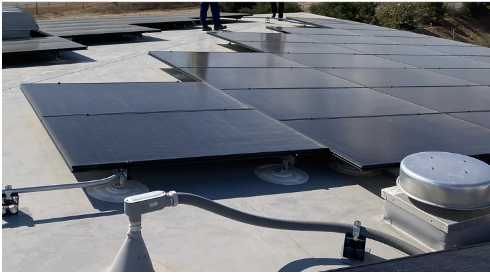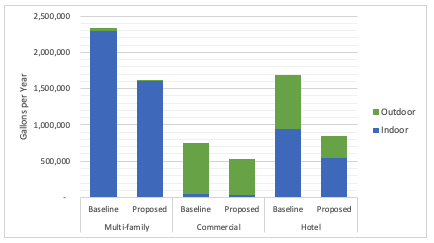Summers are full of cruising to the beach, trekking on a day hike, or taking in the fresh air and views that the central coast has to offer. With all these great destinations, have you considered the journey you’re taking to reach them? If you’ve thought about making the switch to electric transportation, your energy provider might be able to help you.
Central Coast Community Energy (3CE) is a community choice energy agency that aims to help communities along the Central Coast by generating clean and renewable energy, while relying on existing agency’s infrastructure to deliver to its consumers. This means you may receive an energy bill from PG&E, who handles maintenance, transmission, and billing, but the energy is procured by 3CE. It’s service area includes the counties of Monterey, San Benito, Santa Barbara, Santa Cruz, and San Luis Obispo, except for unincorporated areas of San Luis Obispo County.
If you are a customer of 3CE, you may be eligible for a new program Electrify your Ride, a one-stop shop for incentives to help you make the transition from gas to electricity. The program provides rebates for a variety of options, including electric cars or bikes, or to prepare your home ready for charging them. The program is currently open and runs until September 30th, 2022, with plenty of funds available.
You can apply for any and all of the four available rebates in any order. They are offered for new purchases made in the eligibility period of October 1, 2021 to November 15, 2022.
The Electric Vehicle (EV) Rebate is for new or used EVs such as Electric Battery, Plug-In Hybrids, and Electric Motorcycles that are registered with the California DMV to an address in 3CE Service Area. Used vehicles have some more requirements, such as 8 model years or newer (in 2022, 2015 or newer), less than 75 thousand miles, and no recalls.
The E-Bike Rebate is for all new E-bikes purchased in the eligibility period. All classes of E-Bikes are available, and you could even receive an extra $100 if you purchase your bike from a store in the 3CE Service Area.
The EV Charger Rebate is for new chargers that are Wi-Fi enabled and are Level 2 EV Chargers (240-volt power source).
The EV Readiness Rebate applies toward electrical work done by an authorized laborer as well as material and labor cost for an installation to get your home ready for your EV purchase.
Base Definition: All residents enrolled in CCCE.
Tier 1 Definition: Income Qualified Residents within 201% – 400% of the Federal Poverty Line (FPL)
Tier 2 Definition: Income Qualified Residents within 200% of the Federal Poverty Line (FPL)
For more information about the rebates and the details of applying, see https://3cenergy.org/electrifyyourride. 3CE staff are available to help and they anticipate a turnaround of 45-60 days for your application once submitted. With a cleaner energy network and potentially a new e-bike to cruise to the beach, maybe electrifying your home is in your future as well.
There are plenty of savings to be found in switching from gas to electric. If you are interested in all-electric construction or just electrifying part of your project, the team at In Balance Green Consulting can help. Contact us!










